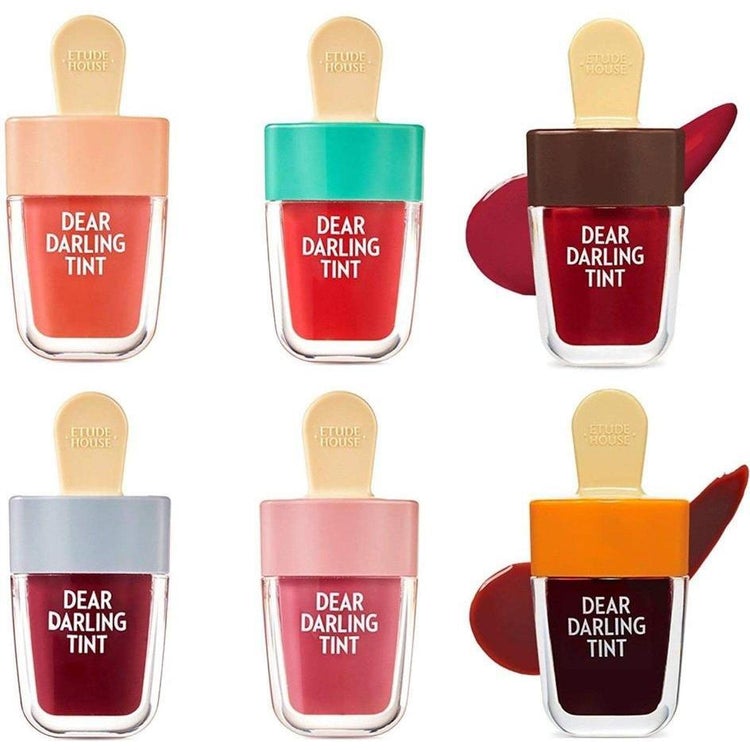Korean beauty brands need a new strategy for China | WARC | The Feed
The Feed
Read daily effectiveness insights and the latest marketing news, curated by WARC’s editors.
You didn’t return any results. Please clear your filters.

Korean beauty brands need a new strategy for China
Korean culture continues to make a splash around the world, but in China, where the K-wave first became a thing, there are signs it is waning in influence, and Korean beauty brands may be one casualty.
Background
Relations between the two countries have been strained since South Korea’s 2017 decision to allow the US to deploy an anti-ballistic missile system (THAAD) on its soil. That has since affected Korean brands in all sorts of categories, from retail, where Lotte sold off stores, to entertainment, as the streaming of TV shows and music videos were blocked.
An apparent thaw in early 2021 was followed by an autumn crackdown by Beijing on pop culture on social media which appeared aimed at K-Pop.
And the beauty brands?
- Exports of K-Beauty products to China increased at an average 41% a year from 2013 to 2018, before dropping to 14% in 2019. Since then, the pandemic has hit travel and sales through duty-free stores.
- More and better quality Chinese brands are entering the mid-market where Korean brands had a firm grip, Jing Daily notes.
- At the same time, younger Chinese consumers are increasingly opting for domestic brands which are less likely to involve the often complex regimes that come with Korean ones. They may also be influenced by the government’s call for more “cultural confidence”.
- Innisfree, owned by South Korea’s Amorepacific, has slashed the number of stores it has in China from 800 to 140; Etude House, also owned by Amorepacific, operated 48 stores at its peak but is now online only.
Final thought
South Korea’s culture minister is optimistic that China will remove its restrictions on Korean pop culture as the Beijing Winter Olympics start.
Sourced from Jing Daily, Korea Times, Vox, WARC [Image: K-beauty.co.uk]
Email this content
